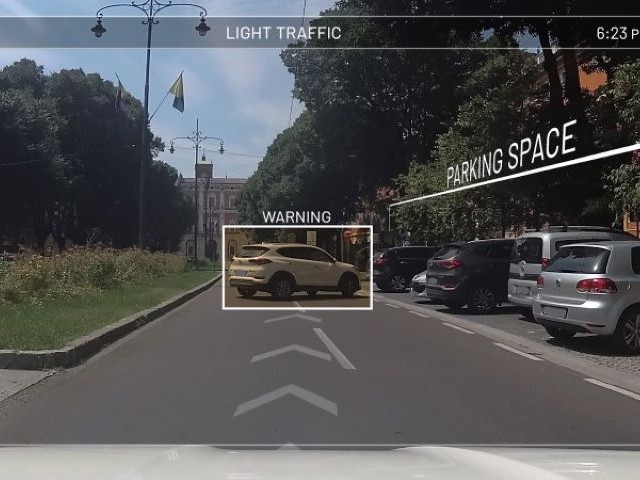CLASS software framework makes Modena smarter in real-life setting
Allowing the execution of big-data analytics under real-time constraints, the CLASS software architecture provides a solution to the problems of managing extremely large amounts of complex data (pedestrians, traffic, vehicles, etc.) in real time. Data-in-motion and data-at-rest analytics are integrated into a single development framework, which works with real-time guarantees. "It's thrilling to see our technology powering the smart city use cases which will make our urban areas safer and less congested," said Eduardo Quiñones, senior researcher at the Barcelona Supercomputing Center (BSC) and coordinator of the CLASS project. "Thanks to its capacity to process big data analytics under real-time constraints, the CLASS framework is a significant step towards making safe connected vehicles a reality." "With the MASA, the city of Modena is combining the proud Italian tradition of high-end cars with the needs of modern smart cities," said Luca Chiantore, manager of the department of Smart city, demographic services and participation of the Modena City Council. "We are delighted to be testing out the most innovative smart-city technologies, paving the way towards a truly responsive urban area which will improve quality of life for all citizens." The first outcomes of this smart city use case resulted in different applications, which will improve the traffic and pollution conditions of modern urban environments. All the software architecture components have been defined and are available to download on the dedicated CLASS GitHub channel: https://github.com/class-euproject A real smart city use case in Modena The CLASS software is being evaluated in the Modena Automotive Smart Area (MASA), a real urban laboratory in the city of Modena. Data is already being generated and collected from IoT devices and sensors located in the MASA and on the high-tech equipped Maserati cars. Initial tests started generating a knowledge base with combined information of the city and the cars, upon which the following advanced smart city applications are being implemented: • The Digital traffic sign application allows for evaluating and improving real-time traffic conditions by advising on best routes available, for instance in the case of accidents or emergency vehicles. • The Air pollution simulation estimates the pollution emissions of the moving vehicles in real-time. • The Smart parking gathers and provides real-time data on the available parking lots within the area. • The Obstacle detection warns the drivers about pedestrians and objects that appear on their way, even if they are not visible to the car.



